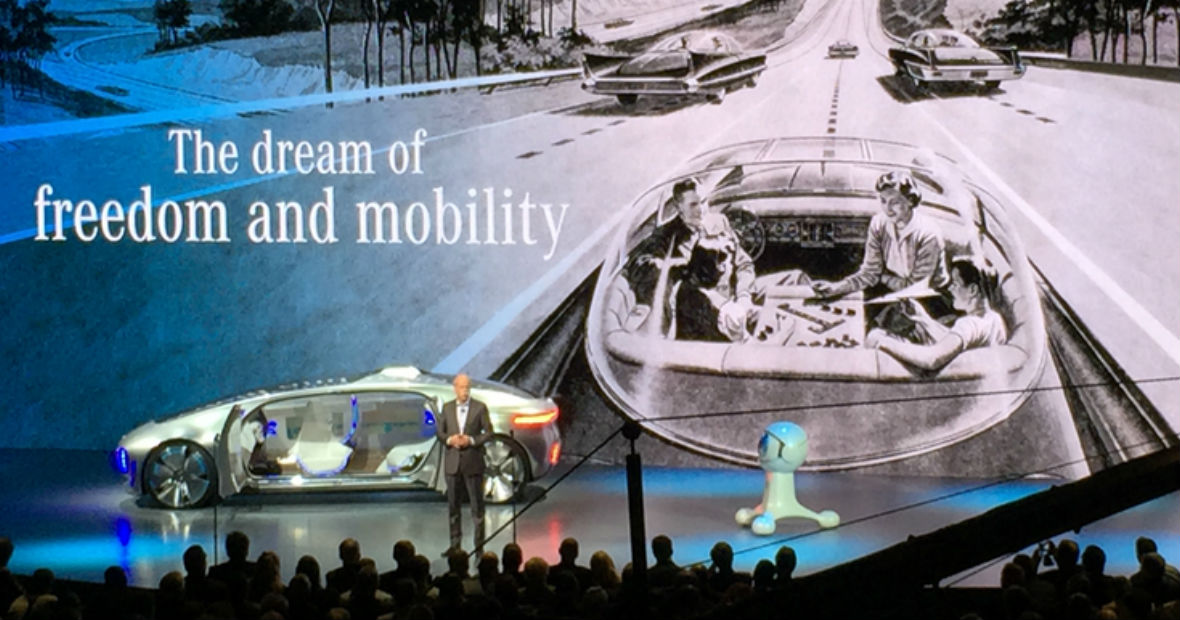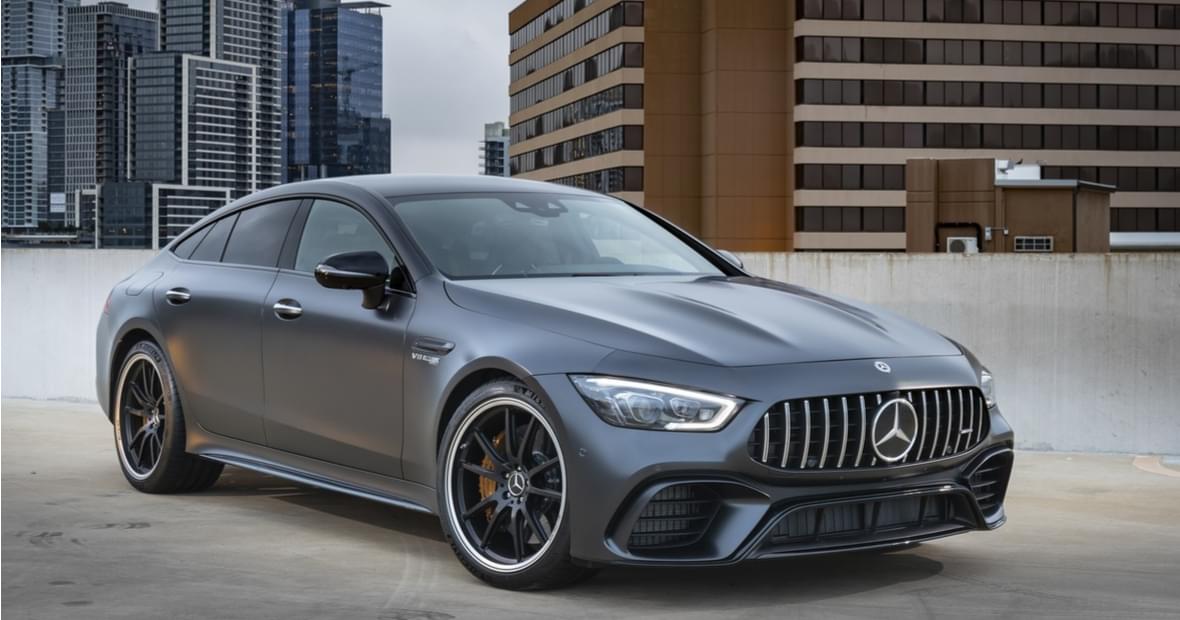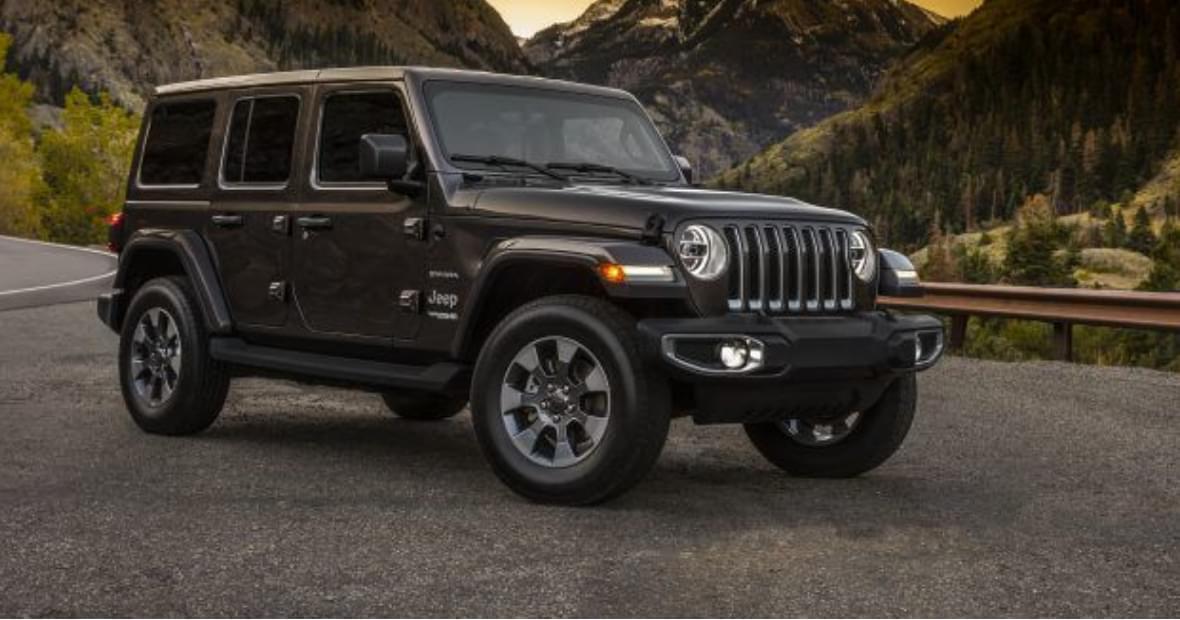From battery powered electric cars, to the use of automatic sensor controls that are leading the advent of driverless cars, 2015 has so far seen a lot of impressive new cars, boasting a retinue of technology. From the Lexus NX 200, Audi TT and of course there is no going past the Tesla, here is a quick guide to some of the latest and most exciting gadgets.
New safety controls that are being built into cars use basic computer and sensor technologies, that have for a long time been used in more expensive and sophisticated transportations such as planes, rockets and ships. Sonar and radar controls have been miniaturised and produced on a mass level, large enough to scale them into a cost effective tool, that can be implemented into the common car. Furthermore, whilst up until recently these cars were only limited to top end luxury cars, 2015 did see this technology trickle down to the rolling boxes that most of us drive.
Sensor technologies, particularly those seen in the BMW M series, the Mercedes Benz E class and the Infiniti Q50, all look very promising. Many of these cars provide blind-spot reading and tells you if it is safe to change lanes. An adaptive cruise control will detect cars in front of you, bring your car to slow down automatically and then speed it up again once the coast is clear.
A pre-collision braking technology is also gradually becoming more common to the enormous benefit of the driver, and everyone else with whom s/he shares the road. If the driver is looking away from the road whilst the car in front suddenly slows down, the technology will warn the driver to slow and is even capable of braking the car. As part of this, the system has been designed to identify if you are approaching a hazard, the speed in which you are driving towards it and whether your foot is already on the brake. Ultimately, taking the executive decision to hit the brake, even if you don’t.
All these technologies, rolled into one, comprise the precursor of the self-driving car. Add in steering, navigation and car-to-car communication, and our roads are on the way to becoming fundamentally revolutionised.
As to whether we may end up placing our trust and safety into these technologies too much, which like anything else, can be subject to breaking and malfunction, is an issue to be dealt with at another time. However, for the time being, these technologies have proven themselves to be reliable. Sufficiently reliable for insurance companies to provide cover, and more reliable than human drivers.





